- +65 61000 263
- Contact@COE-Partners.com
- Newsletter
Data Analytics for Organisational Development
Data Analytics for Organisational Development is a Practical Guide to starting your Data Science Journey. It is available on Amazon UK, Amazon SG, Amazon DE and others from July 2021 in English language by John Wiley & Sons, Ltd.
Managerial decisions are still often based on ‘gut feelings’ instead of clear facts. While this can be helpful depending on your intuition, more often than not, for most of us this doesn’t yield the optimal results.
In today’s world, tools that enable leaders and other change agents to make evidence-based decisions are increasingly available. Yet, many do not have the knowledge to implement these cutting-edge tools in order to be able to put forward necessary organisational changes. If you are among these people, who wish to turn raw data into beneficial information for change management and organisational development, then this book is for you.
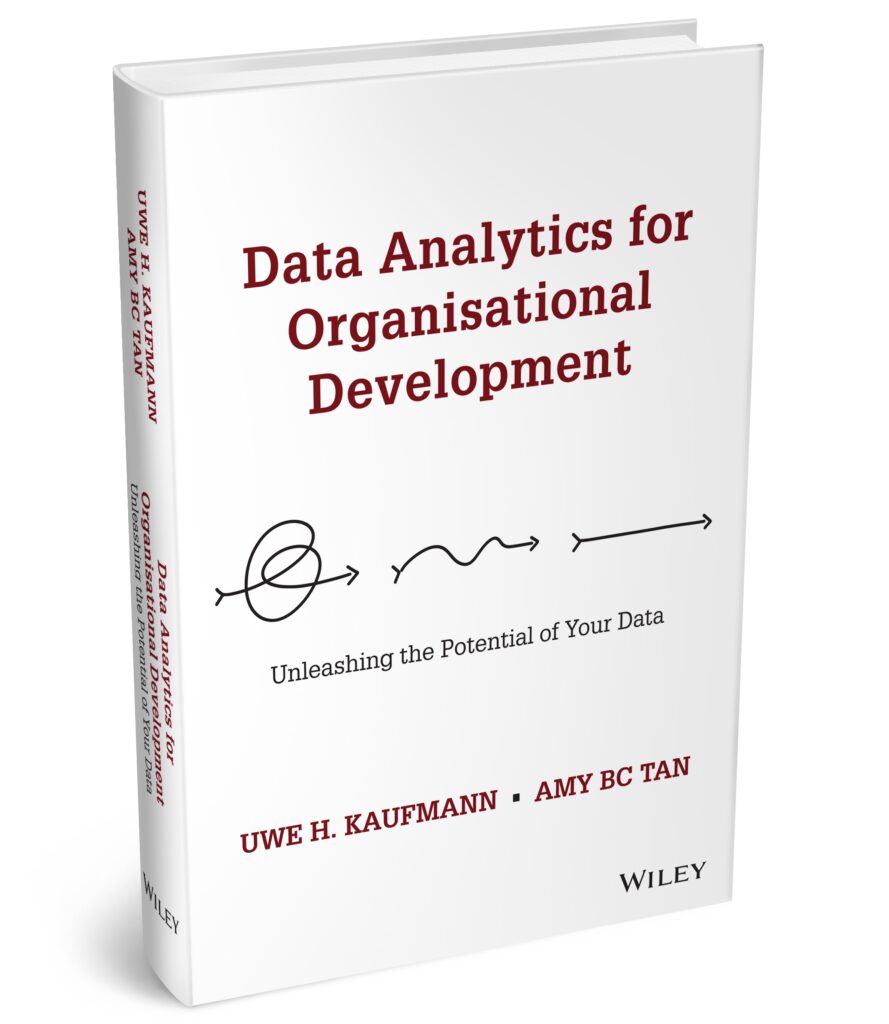
“The ability to take data – to be able to understand it, to process it, to extract value from it, to visualize it, to communicate it – that is going to be a hugely important skill in the next decades.”
Google’s Chief Economist Dr Hal R. Varian (2009)
Google’s Chief Economist Dr Hal R. Varian (2009)
Why This Book Has Been Written
Data Analytics is a Fundamental Prerequisite for Decision Making
This book is written with the intention to close a well-known gap mentioned by Amy Gallo (Gallo, 2018). Every manager should know four powerful analytics concepts in order to be informed about his organisation and to make data-based decisions. These concepts are in no way new.
However, they gain more importance with the increased amount of data available (Data never sleeps) and the apparent need – and the chance – to turn this data into business-relevant information. This is supported by the availability of a multitude of easy-to-handle tools for data analysis and data visualisation.
These tools can only be used by managers if these managers understand the basics of data analytics from data acquisition to data analysis. Therefore, as identified by Gallo, managers need to know the basic concepts.
These concepts are randomised controlled experiments, hypothesis testing, regression analysis, and statistical significance.
“Data Analytics is a business practice every manager should be familiar with.”
Uwe Kaufmann
Uwe Kaufmann
How This Book Is Structured
This Book Is About Application of Data Analytics for Organisational Development
As this book is about application of data analytics for organisational design, the cases discussed cover different data analytics situations in any domain of the value chain of an organisation.
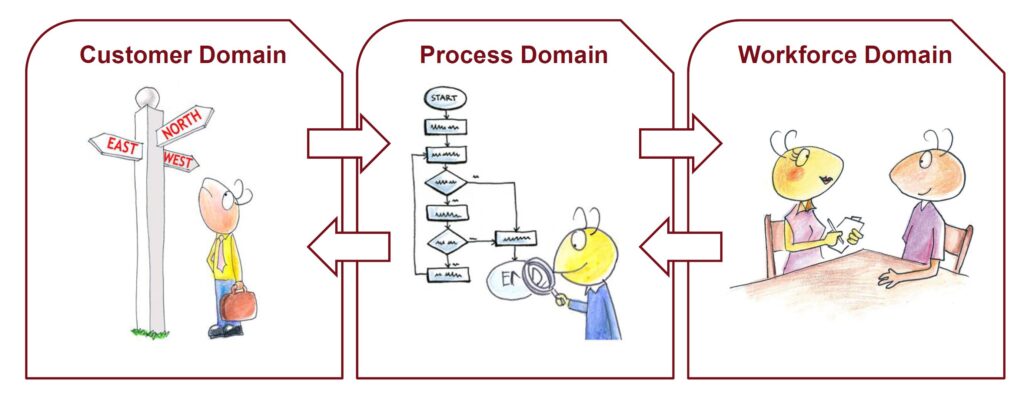
Under the Customer domain, we discuss collection, processing, and analysis of customer-related data. This includes survey data from different customer environments and data measuring the “moment of truth”, the moment when the customer experiences the product or service offered.
The Process domain (Operations domain) includes gathering data from many different operational processes and turning the data into critical information for decision making.
The Workforce domain offers ideas for handling organisational data that are used to draw conclusions about different workforce related aspects, be it workforce planning, recruitment, engagement, development, or attrition amongst others.
“Workforce analytics will help HR play a more strategic role in the business.”
Amy BC Tan
Amy BC Tan
How We Ensure Learning by Studying This Book
This Book Contains Practices for All Topics
After each chapter, practice questions encourage readers to recap their knowledge and identify potential gaps that might be closed by revisiting the relevant paragraphs in the chapter or referring to the listed bibliography.
Additionally, tasks for practicing analytics steps are added that come with the full data set.
Practice Questions Related to Case 7:
- What are some simple checks of data correctness?
- What are potential strategies for fighting variation?
- What is the rational for assuming your workforce hired is not available full time?
- What does takt mean and how can you use it for workforce planning?
- How is takt calculated?
What is the takt time for Nurses in General treatment on Fridays?
Practice Analysis Tasks Related to Case 7:
Please, complete the following steps:
- Download the data for this case in ClinicVisit.xlsx from www.wiley.com.
- Perform all steps described in Task 4.1 to complete the table.
- Select only those patients that have done the survey.
- Analyse whether there is a relationship between the survey result and a. the duration of the treatment,
- Prepare a short report about your findings.
b. the nature of the treatment,
c. the number of patients per timeslot.
How Data Analytics Cases Are Explained
Steps Through Data Analytics for Organisational Development
This book includes ten data analytics cases with complete data sets and analysis steps available for download.
For each case, we follow through all steps from the questions, hypotheses, or business cases through all stages of data analytics to reach the right decision. These steps are Formulating a Business Question, Performing Data Acquisition, Conducting Data Preparation, Executing Data Analysis, and Making a Business Decision.

Every case presented in this book is based on a real client case. However, to protect our clients, we have taken out names and have amended all data.
“In God we trust, all others bring data.”
W. Edwards Deming
W. Edwards Deming
Which Cases I Should Study
Cases to Explain Data Analytics for Organisational Development
Case studies introduced and analysed in this book make use of different tools for data science tasks.
MS Excel
If you wish to start your journey through data analytics with powerful Microsoft Excel functions, the following cases might be of interest to you:
- Which Supplier has the Better Product Quality? (Chapter 3)
- Why Does Finance Pay Our Vendors Late? (Chapter 3)
- Do We Have Enough People to Run Our Organisation? (Chapter 4)
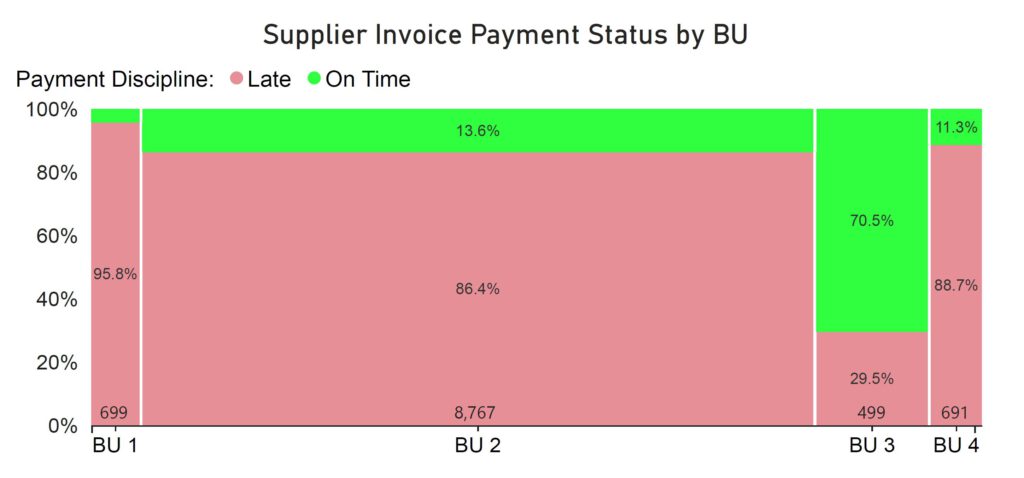
In the above-mentioned chapters, only MS Excel tools are employed for data preparation and analysis tasks making use of MS Excel’s Analysis ToolPak.
MS Power BI
If you wish to add MS Power BI for displaying your data and creating informative and interesting dashboards to your tools backpack, we recommend studying the following cases:
- What Makes Our Staff Innovate? (Chapter 4)
- How to Create a Patient Satisfaction Dashboard? (Chapter 2)
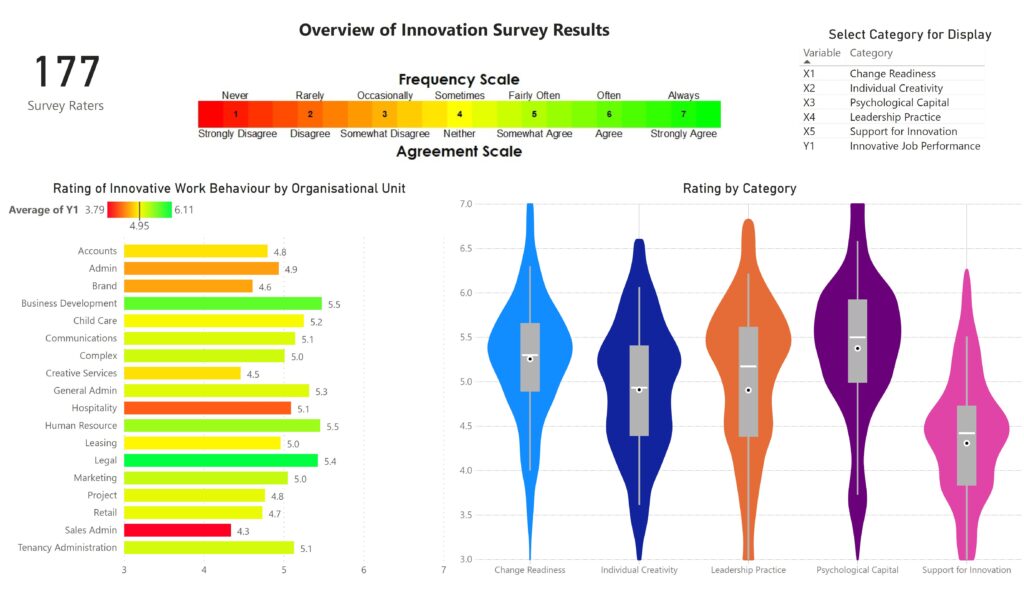
The analytics language R has become an easy to use and extraordinarily powerful software environment for all tasks data analysts are faced with.
Do not worry. There is no need to learn a programming language. In our case studies we have prepared all the commands that will open the magic of R for you. As you have already seen previously in the chapter, it needs one line of function code to perform a normality test, one line to draw a histogram and one line to give a comprehensive set of descriptive statistics.
R and R Studio
Whilst learning R we concluded that we were usually much faster working in R and R Studio than doing a similar task in other software. The following cases will help you dive into R:
- Great, We Have Improved . . . Or Not? (Chapter 2)
- What Drives our Patient Satisfaction? (Chapter 2)
- How to Create a Patient Satisfaction Dashboard? (with R in Power BI) (Chapter 2)
- Why are We Wasting Blood? (Chapter 3)
- What Does our Engagement Survey Result Mean? (Chapter 4)
- What Drives our Staff Out? (Chapter 4)
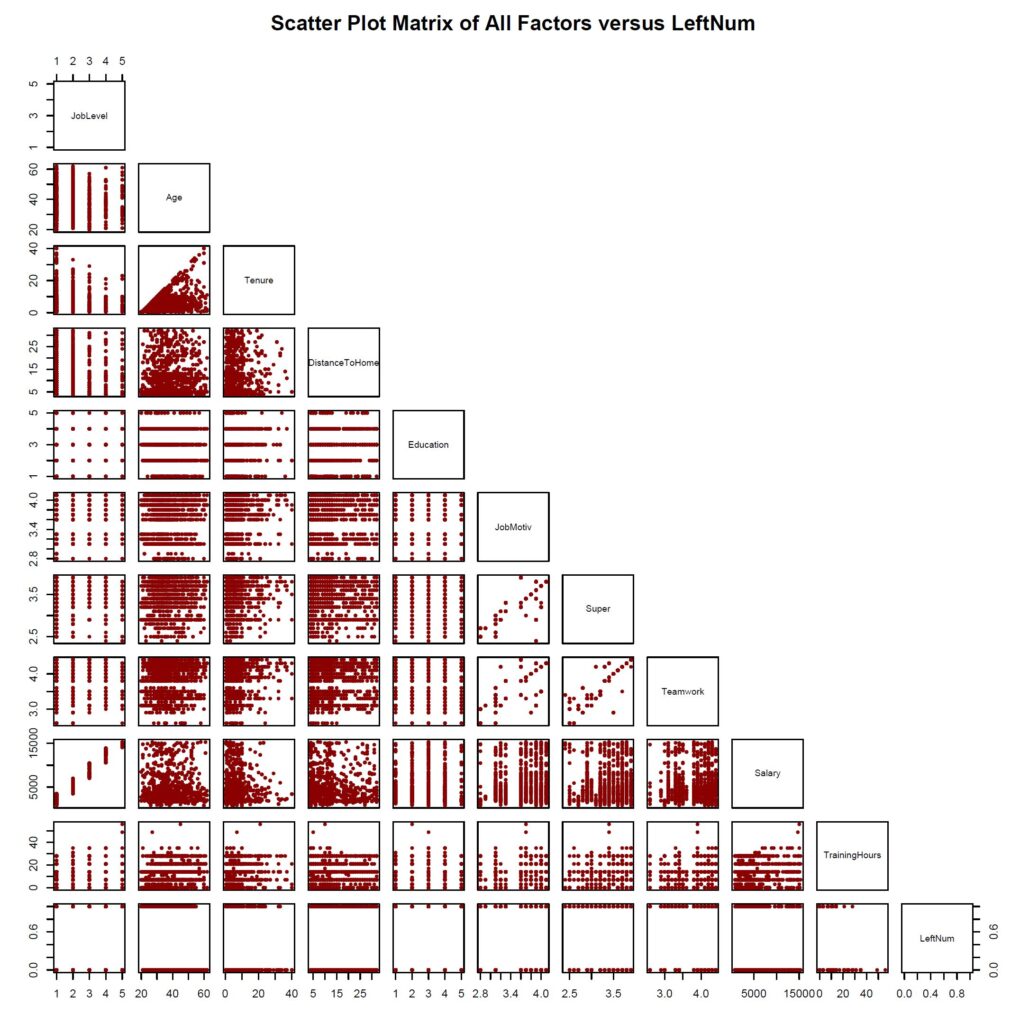
The final case in particular is filled to the brim with R code to support a rather complex logistic regression analysis task. If you decide to start with R, you may want to begin your journey with the first examples on the list.
We wish you success and fun studying and following our cases. After that it should not be too difficult to apply these tools to your own cases for data analytics for organisational development.
Written by Data Analytics and OD Practitioners …
Amy BC Tan
Organisational Development Specialist with an Eye for Data
Amy has more than 20 years of experience in human resource management and organisational development in various industries. She has held senior leadership positions with Nokia, Aon, Ministry of Manpower and the Singapore 2010 Youth Olympic Games Organising Committee. She has led the transformation of the HR functions and several organisational development initiatives for these organisations.
Amy is also certified as Lean Six Sigma Black Belt, an accredited practitioner in executive coaching and psychological instruments such as MBTI, DiSC, Harrison Assessment and Belbin Team Roles.
Amy Tan is partner and director at the Centre for Organisational Effectiveness, a business advisory firm operating out of Singapore with clients in private and public organisations in South-East-Asia and beyond.

… Dedicating Their Work to Integrating Data Analytics and OD
Uwe H Kaufmann
Data Specialist with a Drive to Apply it on OD
Dr Uwe H. Kaufmann is the founder of Centre for Organisational Effectiveness. As consultant and coach with many years of experience, his passion lies in supporting organisations to improve their effectiveness.
He applies modern operations management techniques like BPR, Lean Six Sigma, Data Science or Innovation in his work with clients. Uwe also knows that processes do not run without the right people who are trained, skilled, motivated and engaged.
Trained as engineer and experienced in service organisations like GE Capital, Aon and TÜV Rheinland, Uwe is able to work in very different industries effectively. Since 2002, he has spent about half of his professional life working with government Ministries and Agencies in Singapore and Asia.
Uwe is a German national who speaks English and Russian. He is Permanent Resident of Singapore, with four children and nine grandchildren . . . and counting.


